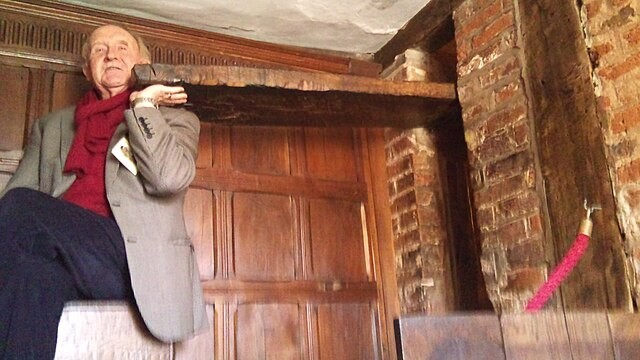
David Castleton (Author) on Nostr: Nicholas Owen was a skilled carpenter who constructed many hidey-holes and secret ...
Nicholas Owen was a skilled carpenter who constructed many hidey-holes and secret rooms to conceal Catholic priests in the reigns of Elizabeth I and James I. Harvington Hall, Worcestershire, contains false chimneys, a false step on the staircase and a secret shaft in the lavatory. There was even a hidey-hole over the bread ovens, which proved to be less popular when the fires were lit. Another priest hole could be found behind a fake beam in the library. The Hall's gatehouse contained a ten-foot-deep hide for the poorer class of fugitive. Such was Owen's skill, there are probably many hidey-holes around England that remain undiscovered. #history #architecture #folklore #weird

